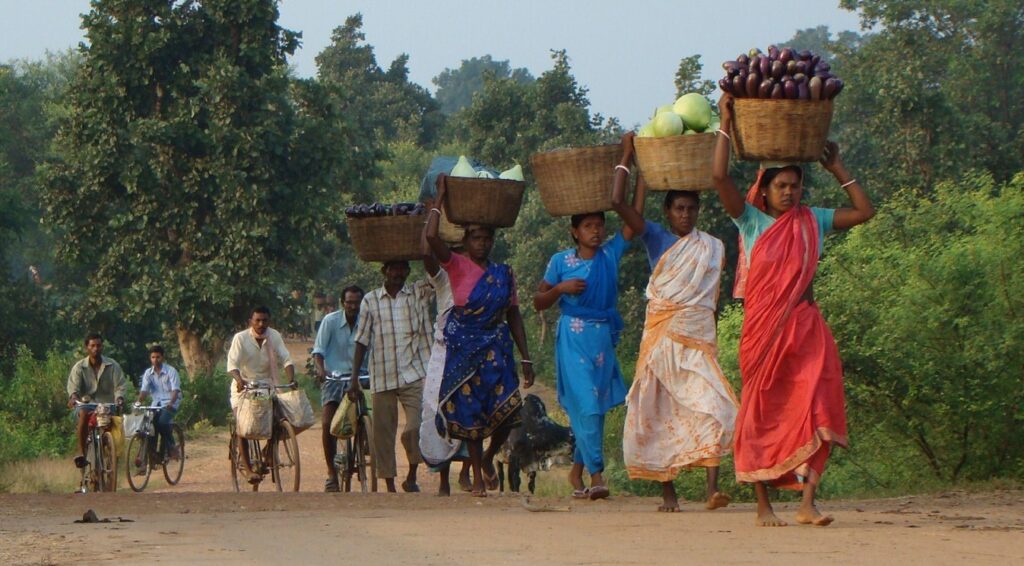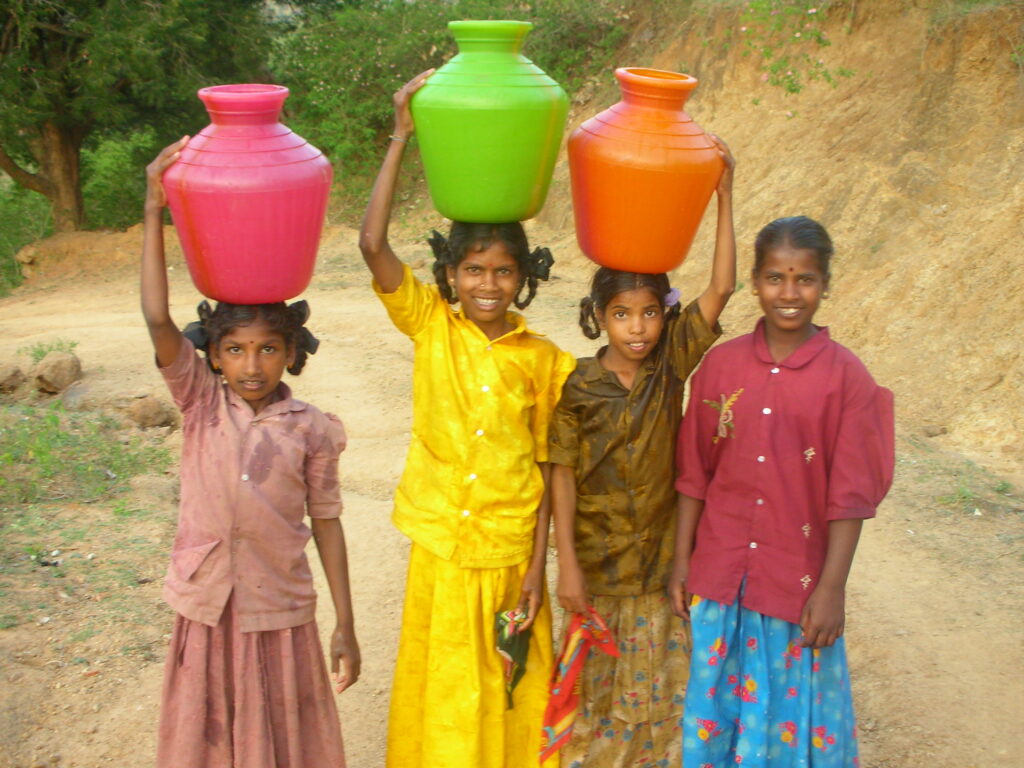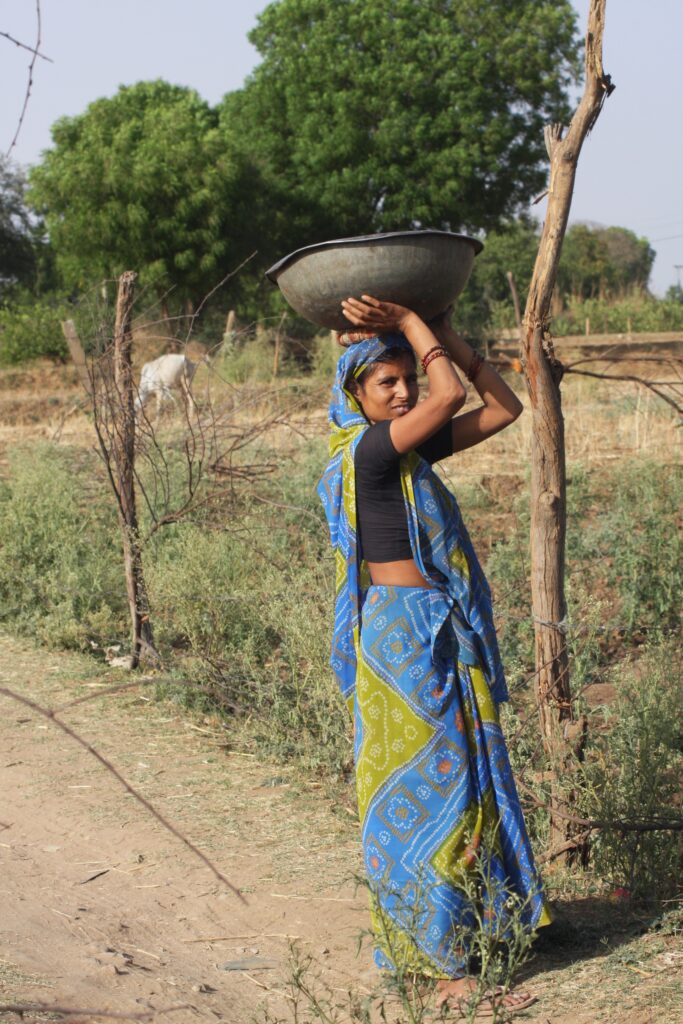
India’s female labour force participation rate fell to 20.3 percent in 2020 according to World Bank data. Women post lockdown were quitting and losing jobs left and right. For India, this trend which many economists and policy analysts predict would continue, does not bode well. In tandem with this data is the fact that India slipped 28 places in the 2021 Gender Gap Index published by the World Economic Forum to rank 140th out of 156 countries. An important question thus arises on how badly this will affect our developmental aspirations and how far a working woman can improve our development index.
For a long time, development economists and welfare economists ignored the gendered aspect of development and thought a gender or sex specific categorisation of developmental indicators would be unnecessarily divisive. Poverty and deprivation were thought to affect men and women equally. But the systematically inferior position of women inside and outside the household in many societies makes it highly necessary for a policy maker and an analyst to focus on gendered aspects of development. In a household, there is visible inequality in the way resources are divided between the members, specifically among men and women; be it food, income or even access to health and education. This inequality then permeates onto the social indicators which are starkly visible in the gender gap in nutritional, educational and health indices. Thus the need of the hour would be to analyse the reasons behind this inequality within a household and then to undertake policy initiatives to solve these problems.

Amartya Sen, in the paper, “Gender and Cooperative Conflicts” with the help of a bargaining model, explains to us how this connection between employment and development occurs. In the simplest bargaining model, there are two people with their own utility curves, they can either cooperate and find an efficient position or not cooperate and reach a breakdown position, which makes both the individuals worse off. The bargaining problem occurs because within a household there are a lot of choices of reaching an agreement which are not breakdown, but each individual ranks different choices in opposite ways leading to the possibility of a conflict if they do not reach an agreement, where both end up in breakdown position (or the occurrence of cooperative conflict). Just like a class conflict occurs in a capitalist economy, a gender based conflict occurs in a household because of bargaining problems and just like we say the bargaining power of the workers determine the wage level, the bargaining power of men and women determine how the resources will be divided among them. He also stresses on the importance of looking at the social aspect of technology if we are to really understand how the economy and the society functions. “Technology is often seen in highly limited terms, and this limited outlook does little justice to the social content of technology. The making of things does not just involve the relationship between raw materials and final output, it also involves the social organisation that permits the use of specific techniques of production on land or in factories.” (Sen, 1987) The productive work, which he says are parasitic on the so-called unproductive works- housework, food preparation etc, mainly undertaken by the women of a household, are never shown in the limited view of technology. Because only a well-fed person from a healthy home environment can go out and find work and earn a wage.
In this model, breakdown positions are important, this indicates the person’s vulnerability or strength in bargaining. If a breakdown is worse off for one person than the other, they have a weaker bargaining power. For example an unemployed woman when bargaining with her counterpart has more to lose if she cannot reach an agreement. Also of importance in the model are perceived interest and perceived contribution, which is a perceived sense of wellbeing or an idea of what makes one happy and what an individual thinks they contribute to their family. And in both these cases, a woman in a developing country like India perceives her standing as being lower to that of her male counterpart simply due to the idea that housework is somehow unproductive and her own wellbeing is secondary to that of the wellbeing of the entire family. With the help of exchange entitlement mapping, which essentially the way in which a human being converts their endowment ( the level of resource they start with- wealth, ability to sell their labour power etc) into income through exchange; this model transforms everything we learn about the economy into the household; using these techniques we can analyse the members of the household and see how they interact and share the resources just like we would in an economy as a whole.

So where does work fare in this model and affect how resources are divided in a household? A woman’s ability to get gainful employment outside is a very crucial variable because outside earnings can give the woman in question a better breakdown position, a clearer perception of individual wellbeing and a higher perceived contribution to the family’s economic position. This means that she is now in a stronger and better position to bargain for a fairer share of the resources within the household. “A greater economic role for women definitely improves their status within the family. A majority of them have more money to spend, and even more importantly, have a greater say in the decisions to spend money. Most women claim to be treated better as a result of their contribution to household income. Their attitude evidenced a clear perception of the significance of their work to family welfare and their own status within the family.” ( Bhatty, 1980) Care of female children compared to male children in terms of nutrition, medical attention etc are also positively impacted by the size of outside employment and earnings of women.
The nation did see a snail’s pace rise in the female labour force participation rate till the pandemic and many policy initiatives catered specifically to this could be credited , but the post lockdown fall and the predicted post pandemic fall in female LPR have far reaching negative consequences for our nation. Because of the positive relationship between cooperative conflicts in one period and the next, or how the winners of one round get even higher bargaining power for the future, the status that women earned in the household when she was an earning member, could be in jeopardy, and when that is threatened the standing of the future generation of girls and women in India are in danger of being toppled. Thus for an India post pandemic, this is an area we must not ignore in the face of other tasks which might feel behemoth because of their immediate positive effects; we must focus on this immediately as the negative consequences of a falling female labour force participation could have far reaching effects for our country.
Induja Thampi
Induja Thampi completed her undergraduate degree in economics from Lady Shri Ram College and is currently doing her post graduation from Central University of Tamil Nadu. She loves to read and believes in humanity's ability to right its wrongdoings. With a pen in hand and a few trusty books at her desk she tries to go about doing just that, wherever injustice prevails.

